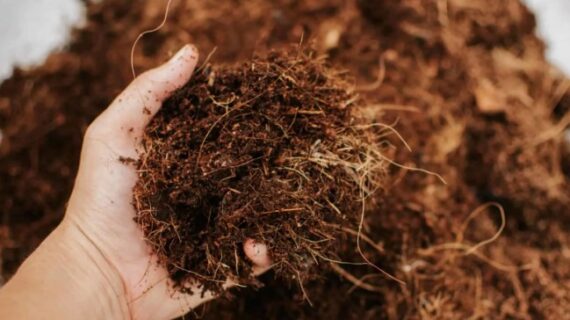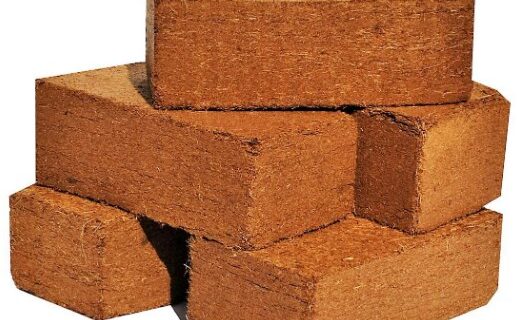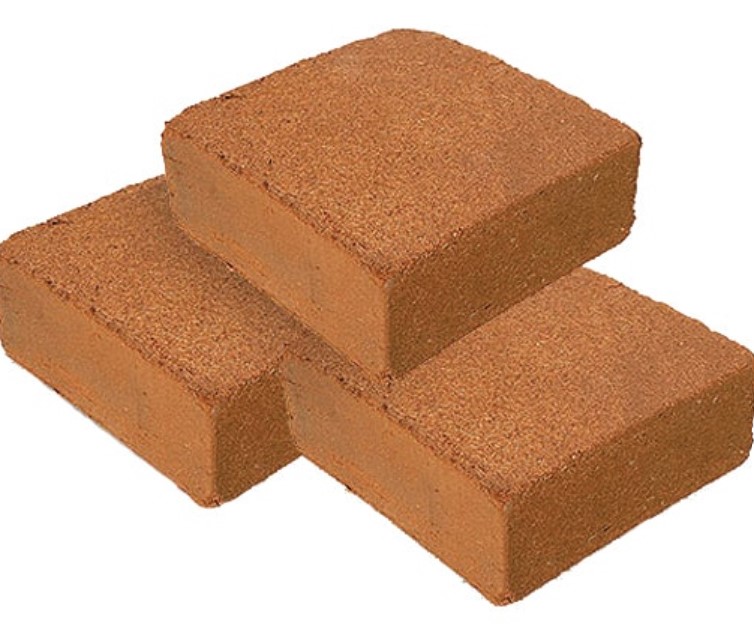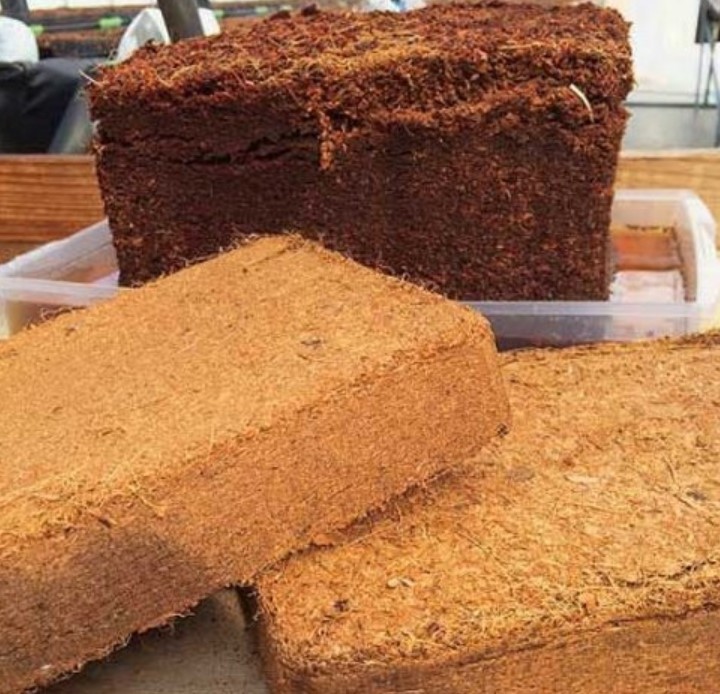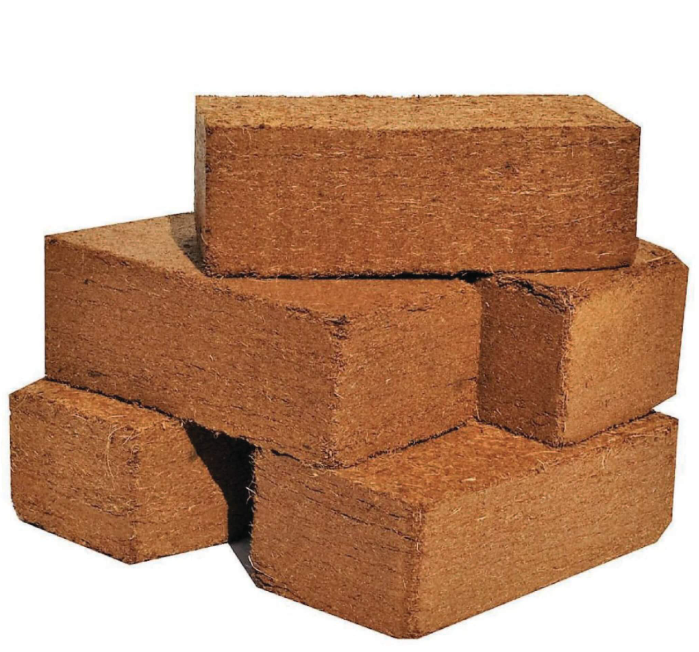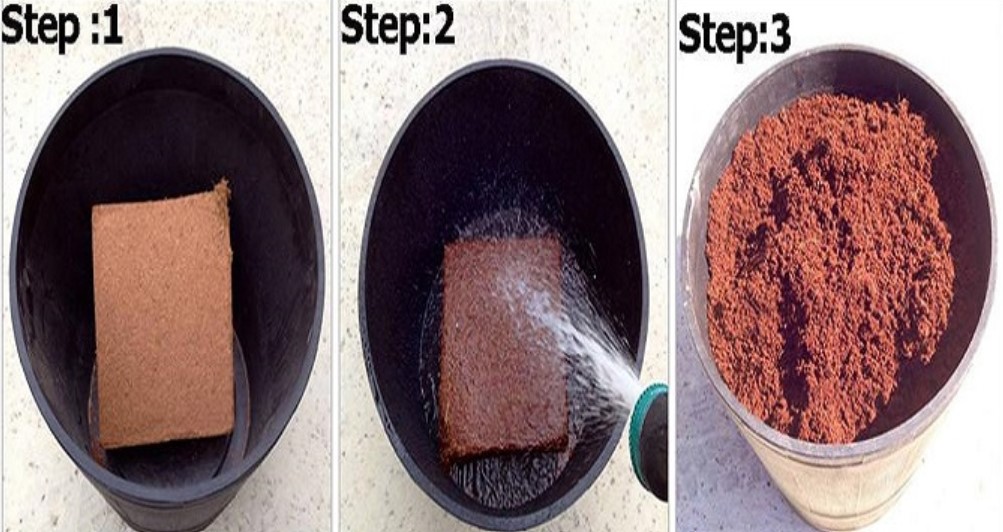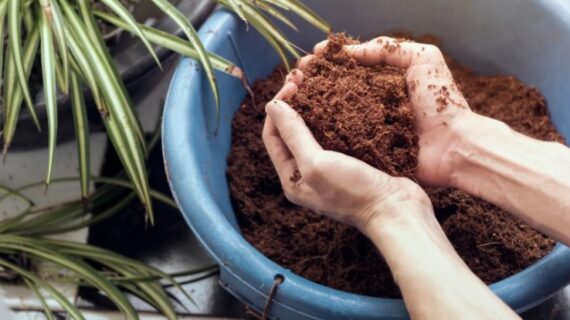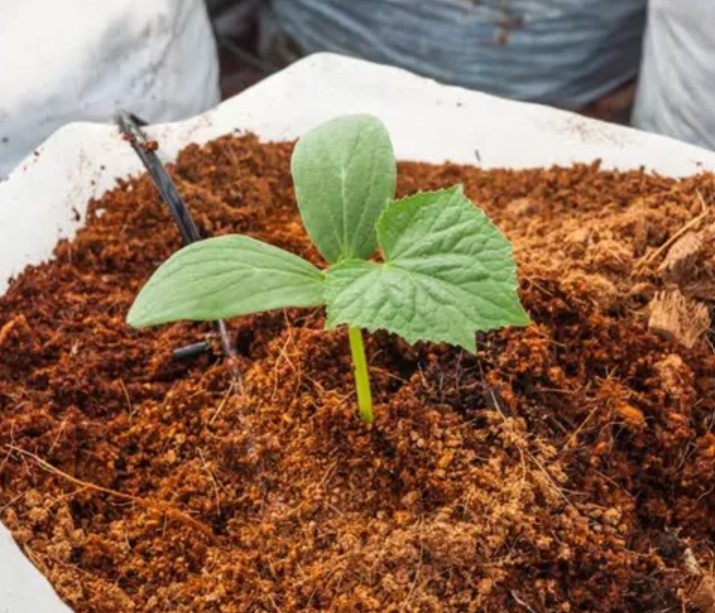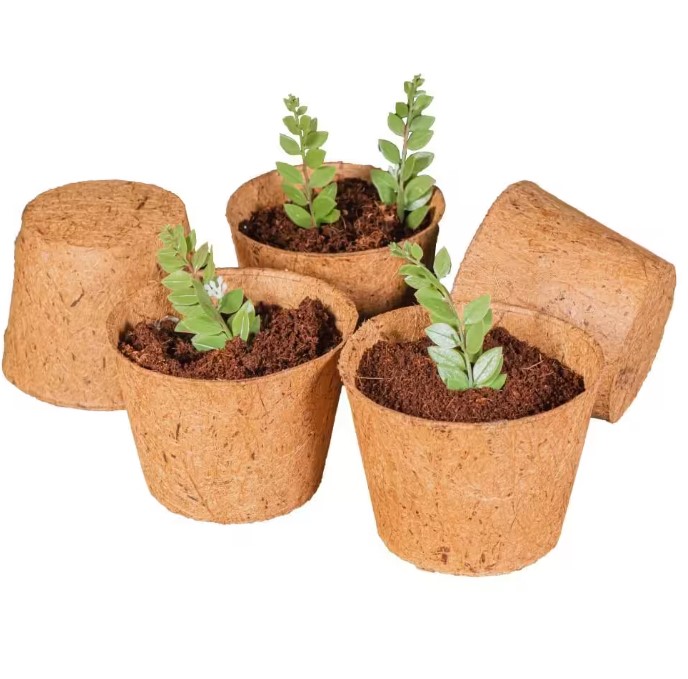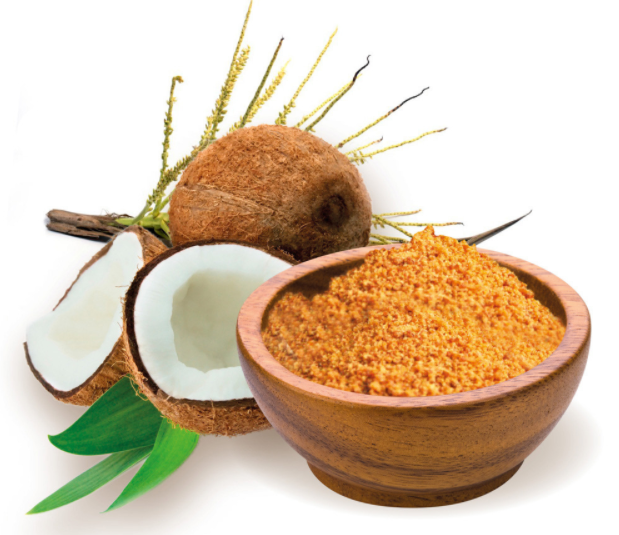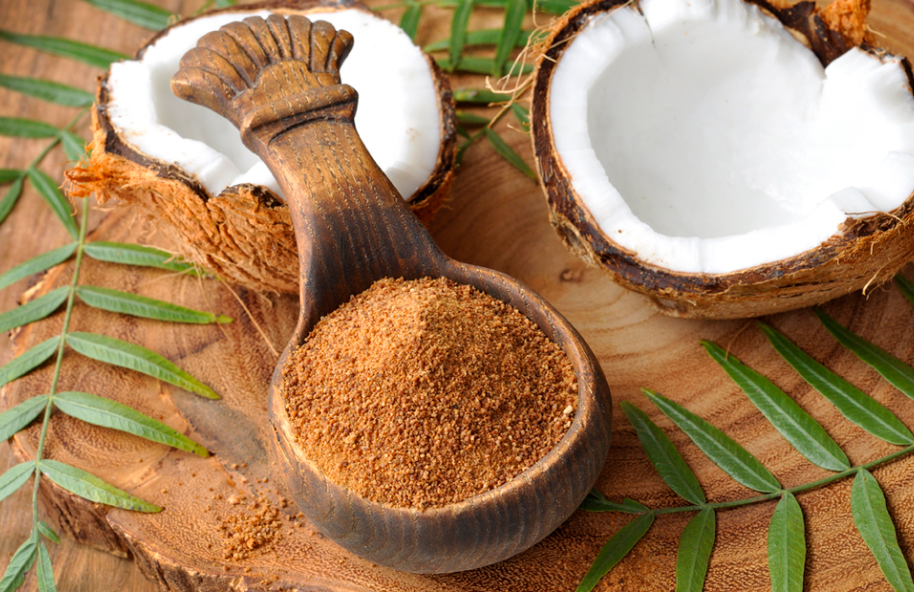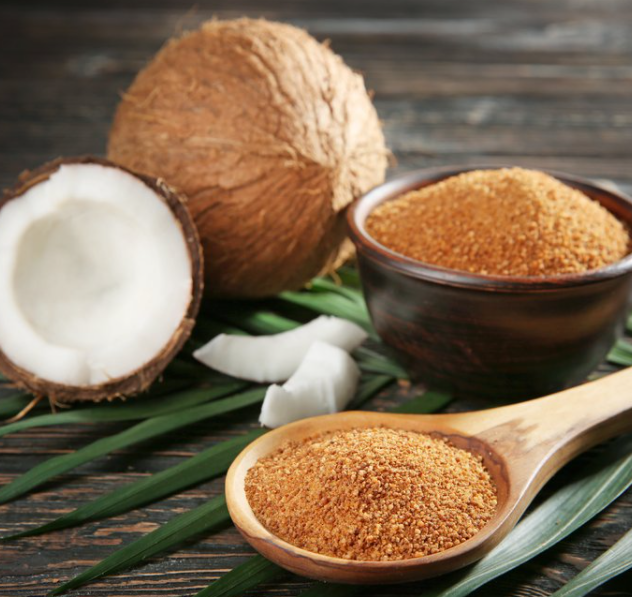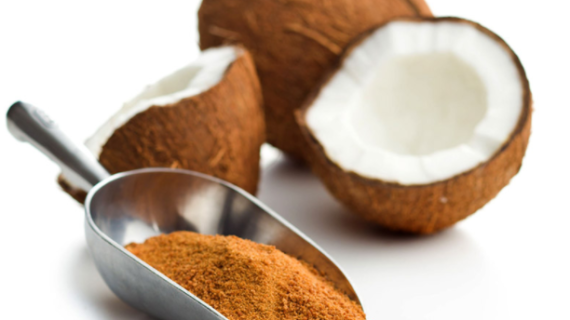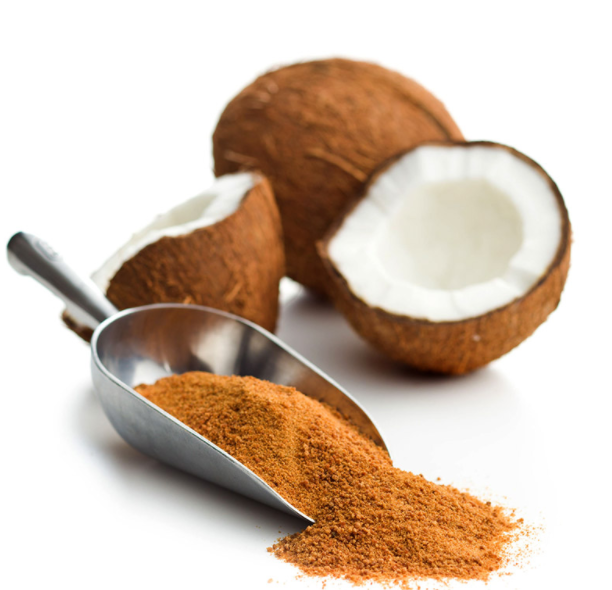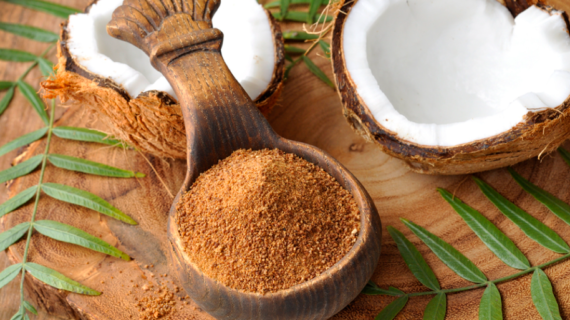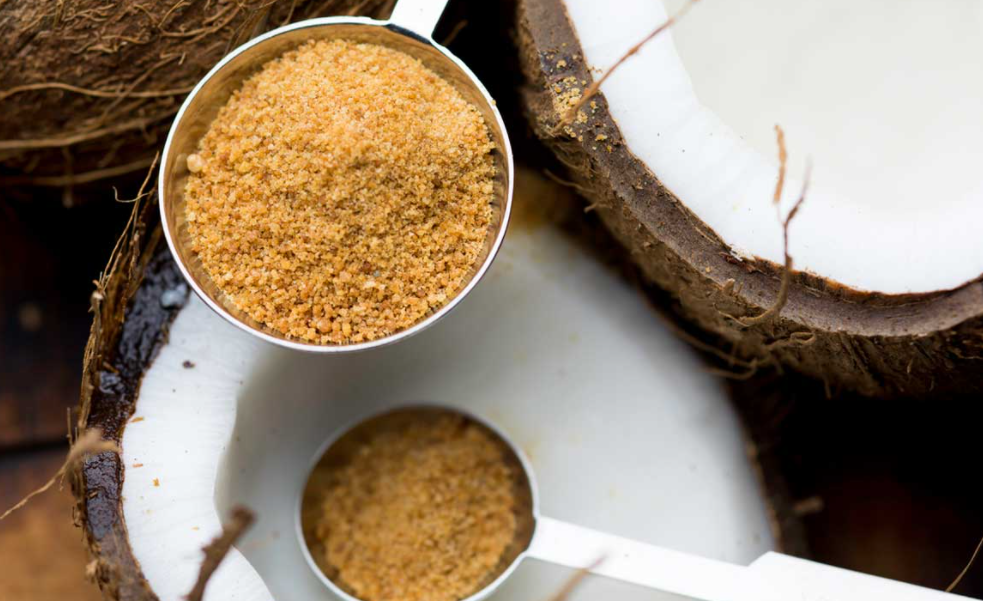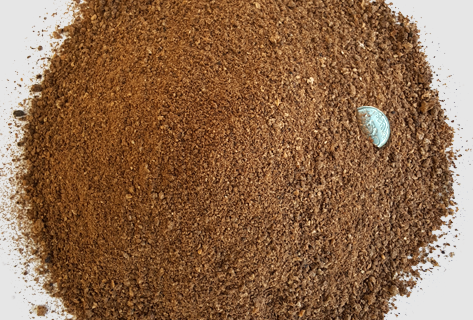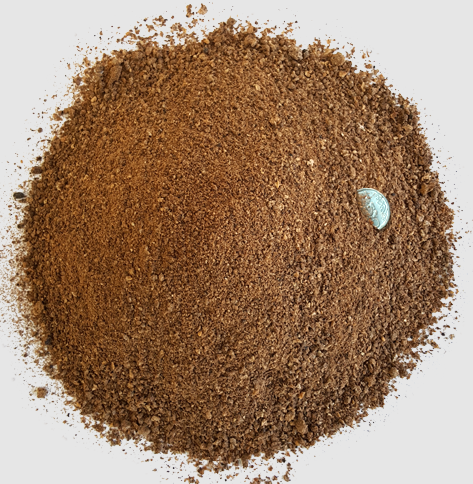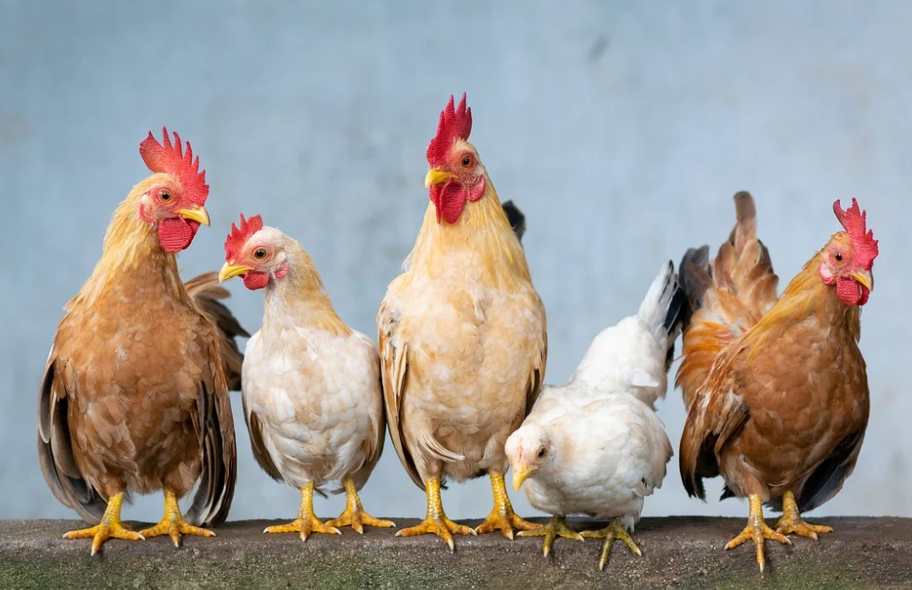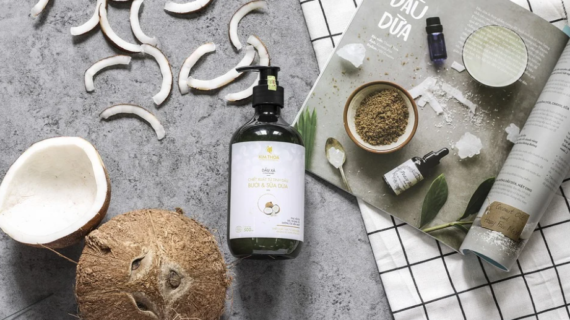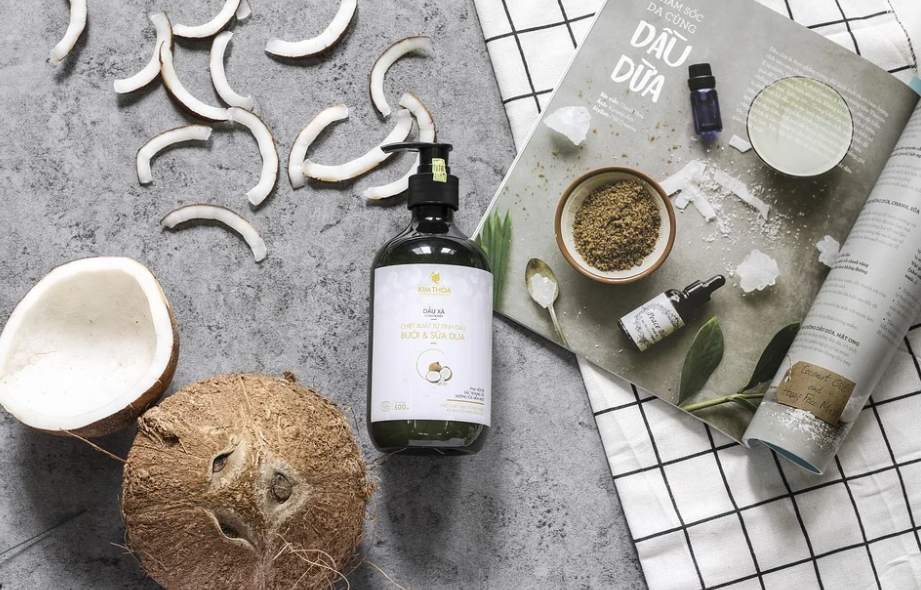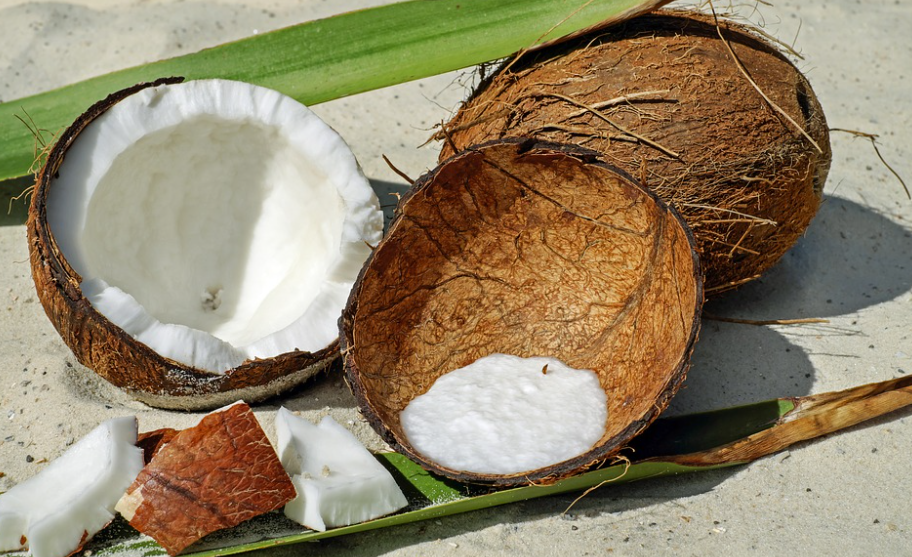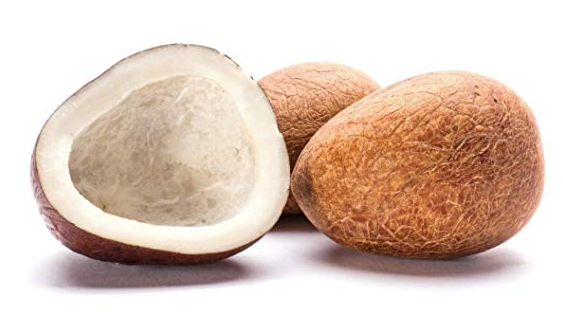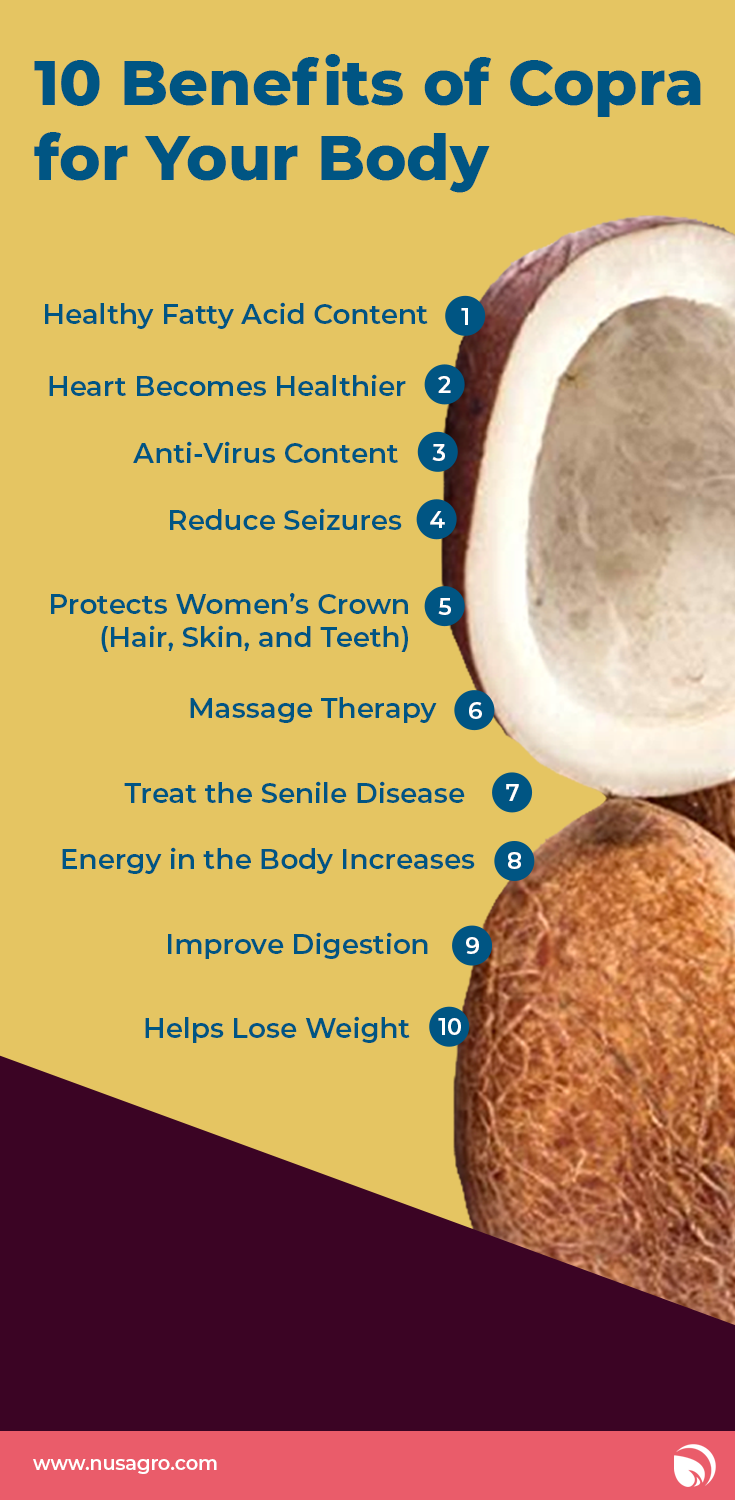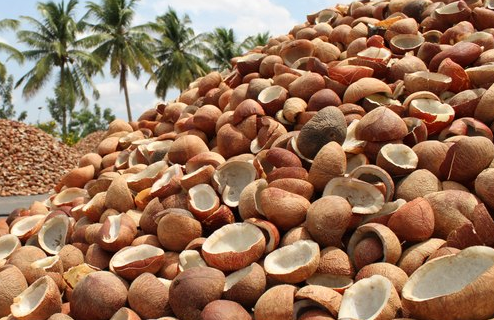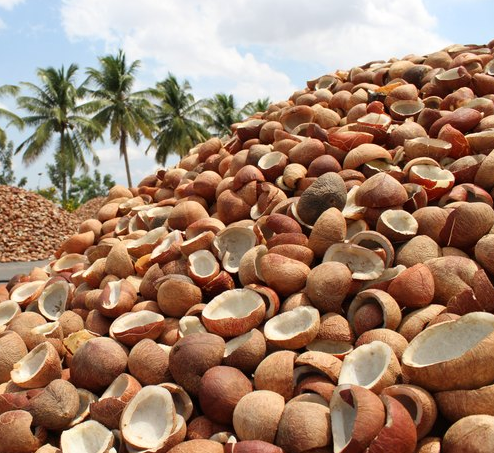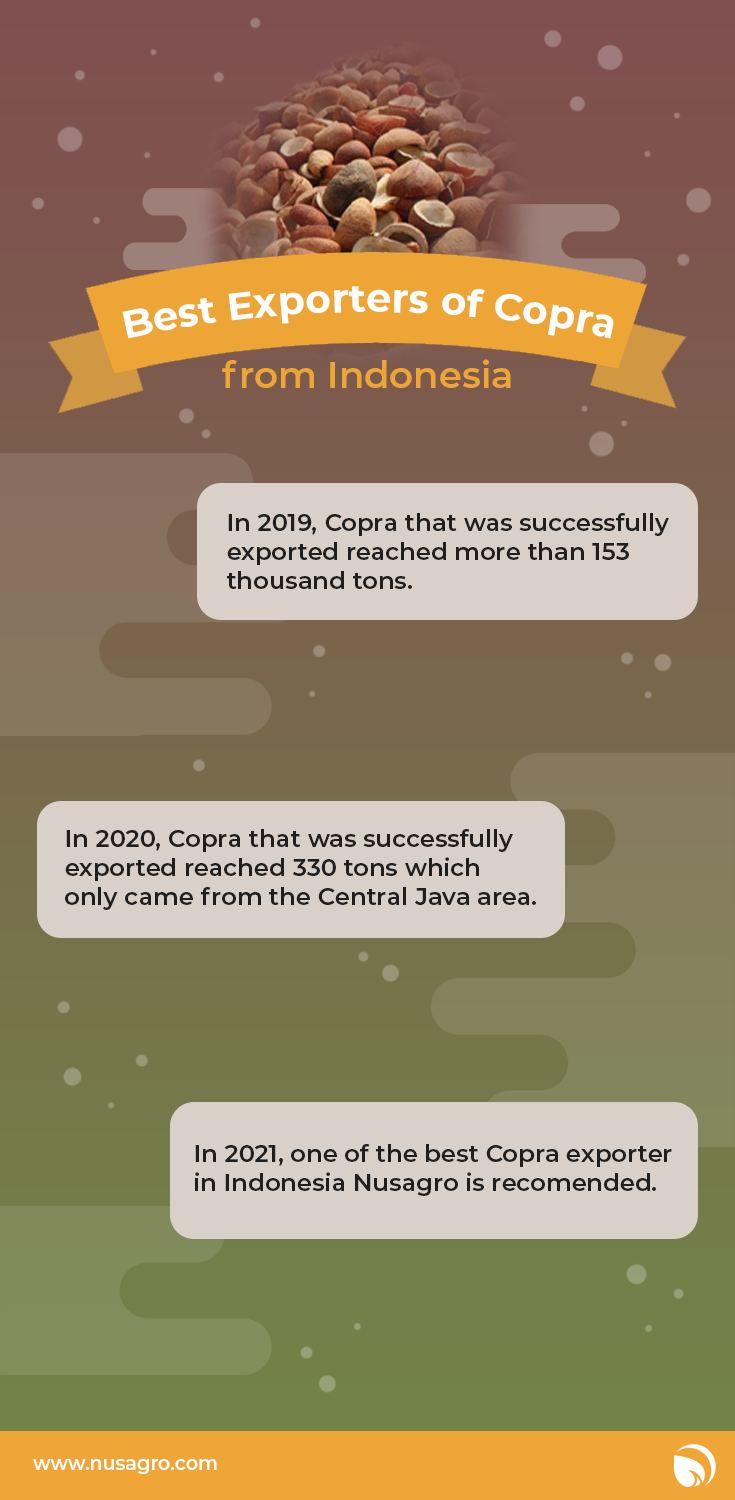These include innovative and environmentally friendly techniques in a sustainable world. For instance, Coco Peat Hydroponics which is one of the techniques gaining acceptance has shown a positive trend in improving agricultural production output.
The way we do agriculture is changing. It could be a new world that will make greener environment in which to live on earth.
Understanding Coco Peat Hydroponics
In general, hydroponics is an approach for cultivating crops where there is no need for soil and instead they can be grown in a solution that contains all necessary nutrients. Coco peat is derived from coconut husk processing and is referred to as coir pith
Its high porosity, a property that allows it to absorb lots of water, facilitates airflow and holds many nutrients making it an ideal medium for hydroponics.
The mixture of hydroponics with coco peat develops an innovative approach which is more efficient regarding yield and consumptions compared to conventional soil based farming.
Environmental Advantages
That is why the main advantage of cocopeat hydroponic is that it is environmentally safe. Soil-based traditional farms frequently cause soil deterioration, erosion, and excessive water and chemical fertilizer usage.
Coco peat hydroponics uses the little amount of water but recycles it and therefore wastes little or no water.
Additionally, as a result of working within a controlled surrounding, hydroponics reduces the use of pesticides and herbicides thereby enhancing healthier ecologies.
Enhanced Crop Yield
It is a perfect growth medium for plants in Coco Peat Hydroponics. Furthermore, the interwoven strands of coir foster enough for air circulation as well as good drainage of water thereby giving plants sufficient oxygen and nutrients.
As a result, this highly optimized environment leads to faster growth rates, early maturation, more crops and produce.
This is a viable means of increasing sustainable food production in areas with limited arable land and/or harsh weather conditions.
Space Efficiency
Reduction in farmlands due to population explosion and urbanization. Coco peat hydroponics is possible only on vertical arrangement and thus multiple layers of plants may be grown in the same narrow area.
The cultivation of these plants takes place on a vertical farm setting that utilizes abandoned buildings and even some newly created urban green spaces within cities.
It enhances food production, and at the same time it makes the town look good by adding green areas.
Nutrient Management
Any good agricultural practice must have nutrient management as a key component. This is perhaps where Coco Peat Hydroponics succeeds by regulating how much nutrition the plants take up.
This allows for customization of the nutrient solution according to the requirements of different crops leading to improved health and reduction in nutrient waste.
Also, soil borne diseases are absent hence no chemical treatments necessary and this leads to cleaner and more nutritious fruits.
Challenges and Solutions
Although there are multiple benefits of Coco Peat Hydroponics, it is important to point out some challenges related to this innovation.
The management of the pH level and nutrients in a hydroponic system is quite complex. Nevertheless, as technology advances and we continue to learn more about hydroponics, these challenges are becoming less daunting.
Plants have their growth optimized through regular monitoring and adjustment of the necessary conditions
Adoption and Awareness
Widespread adoption means that Coco Peat Hydroponics can grow a greener future. To succeed in this venture governments together with agricultural institutions should cooperate for marketing purposes.
Farmers can be encouraged to adopt hydroponics through subsidies and incentives which in turn will promote environmental sustainability downstream through agricultural value chains.
How to Use Coco Peat in Hydroponics:
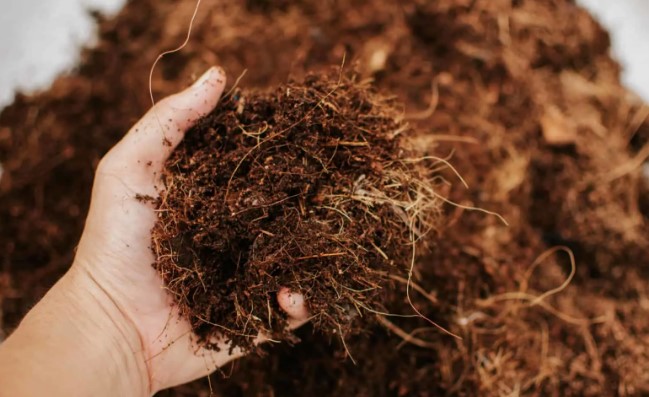
Growing of the plants using coco peat in hydroponics is not difficult but it needs preparations and administration appropriately. Follow these steps to effectively use coco peat as a growing medium in your hydroponic system:
1. Preparing Coco Peat:
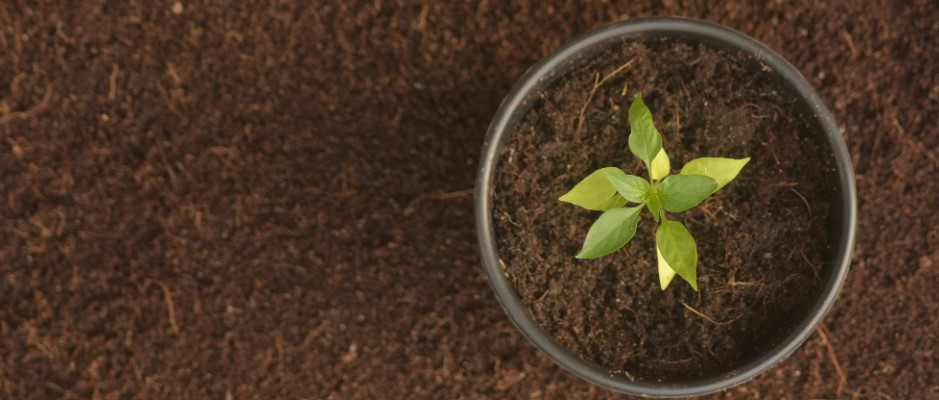
- Buy top-notch coco peat from an authorized vendor. Make sure there is no contamination on it, soak it in water and let it stay in there for over two days to make sure it is not too drying and has the right moisture level.
- Soak until water drains out. Partially dry afterwards. It should be a wet, while yet not water-logged atmosphere.
2. Choose the Right Hydroponic System:
- For instance, cocopeat works well with the drip system, ebb/flow, NFT method (nutrient film technique) and DWC. Choose a compatible system for your crop type as well as space you have at hand.
3. Planting Seeds or Seedlings:
Put seeds or seedlings onto their planned hydroponic planting holes/grow cups. Suckers should be directly touching moist cocoa peat for fast development.
4. Monitor Nutrient Solution:
Hydroponics involves growing of plants in water that is enriched with minerals. Consistently monitor & adjust the pH levels/EC of the nutrient solution to get the suitable nourishment in the plants growth process.
5. Watering and Feeding:
Coco peat has tremendous capacity to store the water but also limited ability of holding nutrient. Maintain a standard watering regime and use a hydroponic nutrient mixture tailored especially for your plant varieties.
6. Managing pH Levels:
Coco peat naturally has a pH ranging between 5.5 and 6.5 that is only slightly acid. Regularly check on the pH level of your nutrient solution and ensure that it is maintained at optimal levels suitable for your chosen crop.
7. Preventing Waterlogging:
Good drainage for coco peat but no water logging allowed. A good hydroponic system would have drainage outlets in order to avoid accumulating too much of water that could cause root rots.
8. Regular Maintenance:
Regularly, check the hydroponic system looking for any nutrients deficiency, pests’ or diseases’ traces. Quickly tackle problems in order to ensure healthy and productive crops.
9. Reusing Coco Peat:
The number of times coco peat is used will also depend upon the durations of the crop and the condition in which it was at previously.
Make sure to wash the coco-peat using clean water before reuse since it may contain salt and other residue products such as chlorine that can harm aquatic lives in the soil.
10. Disposal and Sustainability:
Coco peat can also be added to compost piles or used as an amendment in traditional gardening after several uses. The product is ecological and a great grower’s sustainable solution.
What Kind of Substrate is Ideal for Growing Crops in Hydroponics?
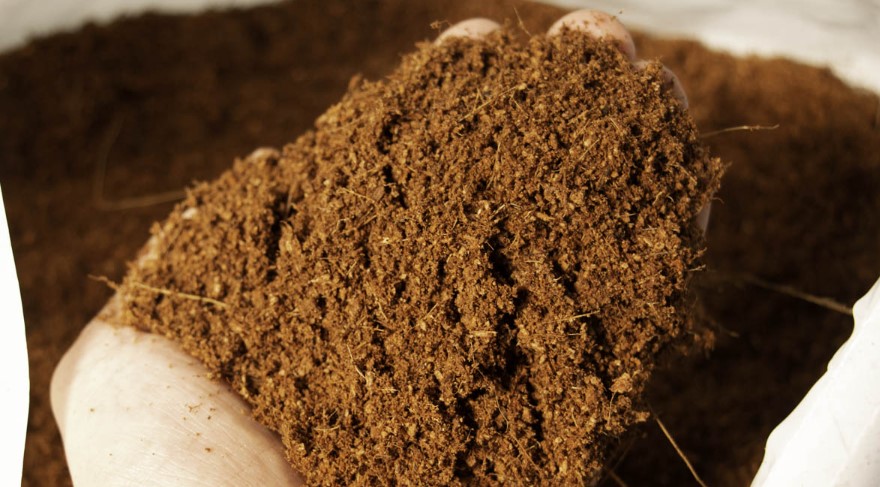
Hydroponics in its various forms requires a medium that supports the growth of submerged plants.
Each type of substrates have different properties and advantageous. Some of the commonly used and effective substrates for hydroponics include:
1. Rockwool:
Some of those types include rockwool, which has good absorption capacity for water as well as high air permeability in addition to others.
It is a good support base for plants roots and can be suitable for several hydroponic system types like NFT (Nutrient Film Technique), and DWC (Deep Water Culture).
2. Coco Peat (Coir):
Coco peat has already been mentioned as an environment friendly, neutral in terms of its pH value, excellent water retention and aeration material. The material is light and manageable and can be used in different hydroponic arrangements.
3. Perlite:
Perlite is an aerating and draining substrate made from volcanic rocks. Often it is mixed together with other substrates so their functions can be improved.
4. Clay Pellets (Hydration):
They are nontoxic, neutral and do not react with soil or water; they also offer adequate aeration and drainage.
The most widespread use is found in flow and return systems, which may also be included in the media based shallow water culture (DWC) systems.
5. Vermiculite:
Amongst the different types of substrates, vermiculite is the most popular and it also holds water very well and has good aeration. This material is commonly employed in seedlings and a blend formulated for soilless mixing.
6. Growstones:
They function like clay pellets in draining moisture, but they are glass aggregates recycled for this purpose. Growstones make a more appropriate substrate than traditional alternatives.
7. Oasis Cubes:
The best choice of a substrate for germinating seed and cloning will be oasis cube in hydroponics. It is a foam like material that contains water which helps in supporting young plants.
8. NFT Channel Gutter:
Plants in NTF system grow with their roots are partially submerged in a film of diluted fertilizer in shallow tray with inclined gutter. This constant flow of water serves as a source of nutrients for the plants.
FAQ:
1. Dangers of using coco coir for hydroponics.
While coco coir (coco peat) offers many advantages as a growing medium in hydroponics, it also has some disadvantages that hydroponic growers should be aware of:
1. Salt Buildup:
Due to this reason, coco coir may have some natural salts that could build up into the growing medium eventually.
These salts can affect the nutrient balance of the hydroponic system if they cannot be well flushed or reflooded. This will result in nutrient imbalance and also plant toxicity.
2. pH Drift:
Coco coir is almost neutral in nature; however, it tends to develop drifts towards one end or another of the pH scale with time.
Some nutrients get absorbed by the plant and in other cases it becomes more acidic and this is a factor that influences nutrient availability and leads to deficiency.
3. Water Retention:
Although coco coir is a good water retentive material, its overwatering is possible without proper management. When there is too much water retention, this can smother the roots and lead to root rot as well as other water related problems.
4. Decomposition:
However, when left for quite a long time in systems with high microbial activity, coco coir would be liable to biodegradation. However, the breakdown process shortens the life span of a growing medium, thus requiring frequent substitutions.
5. Variability in Quality:
The coco coir quality depends on its origin as well as manufacturing methodologies. On the other hand, some of the low graded coco coir contain high impurity thus unfit for hydroponics.”::
6. Cation Exchange Capacity (CEC):
Compared with some other growing media, coco coir has a low CEC. CEC stands for cation exchange capacity, which indicates the rate of cation exchange between the medium and the plant root system.
This means that coco coir may need more frequent applications of the nutrient solution or some additional nutrients.
7. Difficulty in Rehydration:
However, once coco coir dries up completely, sometimes it is tough to rehydrate it uniformly because it resists water intake. Insufficient hydration creates patches of dryness and unequal absorption of moisture.
8. Environmental Impact:
Although, coco coir is believed to be sustainable compared with peat moss, there may, however, be an environmental impact associated with its production and transport if it is transmitted over long distances.
2. What is the role of coco peat in hydroponics?
Hydroponics uses coco peat for several good reasons. Its many advantages have made it a fashionable medium of growth in most hydroponic techniques. Here’s why coco peat is used in hydroponics:
1. Excellent Water Retention:
Coco peat does an excellent job in retaining water through which it can supply the plant roots with sufficient amount of water.
It helps maintain an uninterrupted flow of water to the roots, thus necessitating less frequent watering and avoiding any water-induced stress on plants.
2. Good Aeration:
Coco peat might have good aeration to the root zone in spite of it’s water retention properties. It also has a porous structure that allows for the movement of oxygen to the root system, which encourages good root growth, and does not waterlog the soil.
3. pH Neutral:
Coco peat possesses a pH near neutrality, ranging from 5.5 – 6.5, creating a perfect condition for nutrient uptake.
Hydroponic growers are able to better regulate and change the nutritional solution’s pH level, as it is much easier for them.
4. Sustainability:
Coco peat comes from coconuts which are a renewable source and hence this material is ecologically accepted in hydroponics.
It substitutes for traditional peat moss, whose extraction is harmful as it is made at the expense of natural peat bogs, and therefore makes environmental impacts lower.
5. Versatility:
Coco peat can work efficiently in drip systems, nutrient film technique or the ebb and flow systems.
In addition, its pliability makes it usable for many different types of crops such as vegetables, herbs, fruits, or ornamental plants.
6. Lightweight and Easy to Handle:
Because the cocopeat is lightweight it can be used in multiple hydroponic configurations like a vertical garden or rooftop.
Such traits as ease of transportation and lightweight ensure its low cost on transportation and make it user-friendly for household gardeners.
7. Reduced Pests and Diseases:
It is naturally immune to pest and disease, thus reducing the chances of soil pathology problems common in conventional soil-based agriculture.
8. Reusability:
The number of times coco peats can be used depends on the cropping cycle of each plant species, as well as the health of the plant grown in the previous grow cycle. It may be flushed before reuse so as to wash out deposited salt and debris.
3. It is possible to use coco nutrients in hydroponics?
Yes, nutrients based of coconuts are suitable for use in hydroponics especially in the coco coir or coco peat systems.
This can be described as Coco coir which is a common and reliable substrate for hydroponic planting because it is highly absorbent, aerated and neutral in terms of PH value.
Therefore, when growing in coco coir, the plants should be fed with nutrients designed specifically to match their need for nutrition.
These products include the specially formulated nutrient solutions that are suitable for coco coir and other unique features. These custom-blended nutrient solutions are made for plant nutrition in coco coir.
Macro and micronutrients that help in plant growth usually form part of a normal coconut diet. Monitoring of nutrient solution pH/EC level should be done when using coco nutrients in hydroponics.
As a result, coco coir can affect the pH of nutrient solution hence certain changes might be required so as to make sure that the required pH ranges are maintained where certain crops are being cultivated.
As a result, hydroponic planting would be more effective if combined with coconut byproduct as nutrients and using coco coir as growing medium for the roots.
This involves combining coco coir with coco nutrients that have been found to work successfully and sustainably in hydroponic agriculture today.
4. Coconut coir vs. cocopeat for hydroponics?
Interchanging, coco peat and coco coir confuses many. Actually it’s called coir or coco peat which is obtained from coconut husks and both types are applied very often for growing media in hydroponics.
Therefore, it is not possible to clearly differentiate them within the setting of hydroponics. Coconut coir is often used as a growing substrate in hydroponics since it has good water-holding capacity, air permeability, and near neutral pH.
This helps in the development of strong foundation through supporting roots and hence, effective absorptions of nutrients for the healthy plant growth.
However, coco coir (coco peat) is preferred because it is sustainable as it is a renewable product from coconut husks rather than the destruction of already existing and fragile peat bogs that would result in the loss of the limited natural resources provided by them.
Overall, the question of what is “better” between coco peat (coco coir) and other growing media for hydroponic systems remains subjective because plants have diverse requirements, there are several hydroponic methods, as well as the grower’s own liking.
There are many other growing media like rockwool, hydration, perlite, clay pellets etc, which offer some advantages over sponge-rock that can make them more appropriate for particular crops or hydroponic layouts.
The choice of a growing medium for hydroponic growers depends on its properties related to water retention, aeration, pH stability, durability, cost, and accessibility.
Many hydroponic systems still have faith in coco peat (coco coir) because this product exhibits an excellent balance between qualities supportive of plant health and productivity.
5. Hydroponics using cocopeat
Yes, coco peat could be utilized in hydroponics as a growing medium. Due to its exceptional characteristics, it is now a common and dependable choice used in hydroponics.
Coco peat comes from coconut shells which are processed in a granular, block, or brick form. The material holds water very well, and this ensures that there is ample moisture for plant growth.
Simultaneously, it provides enough air and oxygen penetrates the root zone resulting in a strong root growth with no stagnant water.
Conclusion
True revolution in modern agriculture is coco peat hydroponic system providing viable approach for overcoming the limitations of traditional cultivation techniques.
With food shortages as well as ever changing environmental conditions, it is important for us to utilize natural products such as cocopeat in hydroponic systems for more sustainable yield with minimal impact on our environment.
Adopting this new strategy towards sustainable production is sure to feed our societies and our earth for years ahead.
